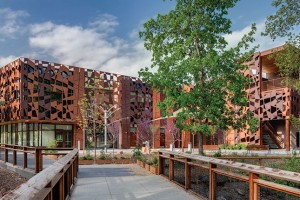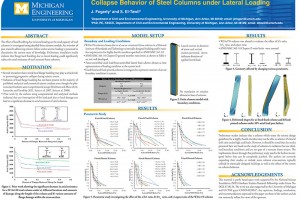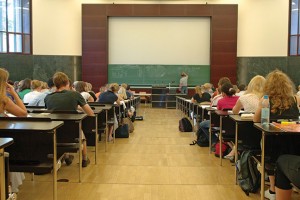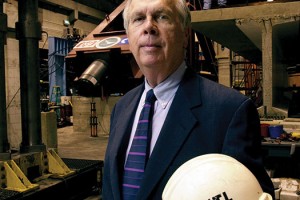By Barry B. LePatner; with special comments by Hon. James L. Oberstar, Chairman, U.S. House Committee on Transportation and Infrastructure; forward by Robert Puentes, Sr Fellow, Metropolitan Policy Program, Brookings Institution
Foster Publishing, New York, in association with University Press of New England to be published Nov 2010 …




